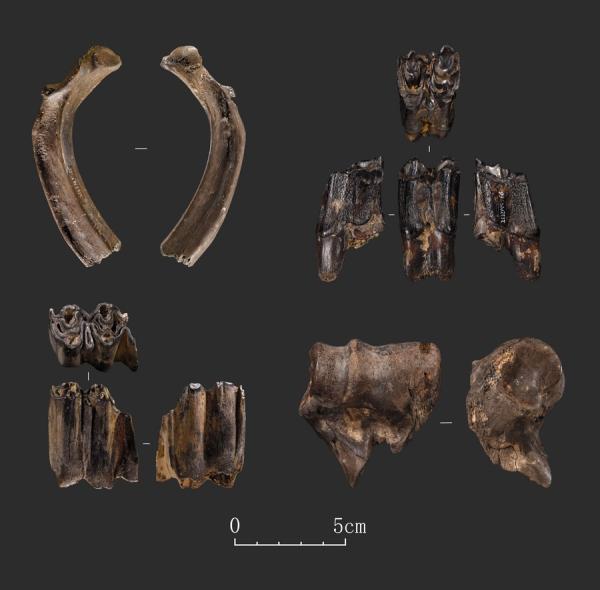New Evidence of Prehistoric Human Activity Found in Southwest China
العلماء في الصين يكتشفون دليلا على وجود آثار لنشاط بشري في فترة ما قبل التاريخ
QNA
Beijing: Archaeologists have discovered traces of human activity dating back over 40,000 years in Ziyang City, southwest China’s Sichuan Province.
So far, more than 1,000 pieces of stoneware items and animal fossils have been unearthed at the Mengxi River site, Ziyang. The stone products include cores, blades and scrapers, while the fossils include the remains of rhinos and elephants, according to the Sichuan Provincial Cultural Relics and Archaeology Research Institute.
The findings resulted from an archaeological project, jointly launched by several organizations, including the institute and the local cultural relic departments of Ziyang, in January 2022, China’s Xinhua News Agency reported.
Notably, some bone artifacts, suspected wood artifacts and a large number of plant remains have also been excavated – which is extremely rare to see at Paleolithic ruins.
The carbon-14 dating method shows that the Mengxi River site is at least 43,000 years old.
It is one of the most systematic and all-element Paleolithic sites in China, showing the relationship between humans and the environment, and providing a vivid view of human activities during the Late Pleistocene, said Wang Youping, a professor of the School of Archaeology and Museology, Peking University.
قنا
بكين: اكتشف علماء الآثار في مدينة تسييانج بمقاطعة سيتشوان جنوب غرب الصين، آثارا لنشاط بشري يرجع إلى أكثر من 40 ألف عام.
وجاءت النتائج من خلال مشروع أثري، أطلقته عدة منظمات بصورة مشتركة بما في ذلك معهد بحوث الآثار الثقافية وإدارات الآثار الثقافية المحلية في تسييانج، حيث تم اكتشاف أكثر من ألف قطعة من الخزف الحجري وأحافير الحيوانات حتى الآن، في موقع نهر منجشي بمدينة تسييانج، وتشمل المنتجات الحجرية نوى وشفرات وكاشطات، بينما تشمل الحفريات بقايا وحيد القرن والفيلة.
كما تم أيضا التنقيب عن بعض القطع الأثرية العظمية والتحف الخشبية وعدد كبير من بقايا النباتات، وهو أمر نادر للغاية في أطلال العصر الحجري القديم.
وقال وانج يو بينج، أستاذ في كلية الآثار وعلم المتاحف بجامعة بكين، “إنه أحد أكثر مواقع العصر الحجري القديم منهجية، كما يظهر العلاقة بين البشر والبيئة، ويوفر رؤية حية للأنشطة البشرية خلال أواخر العصر الجليدي”.




